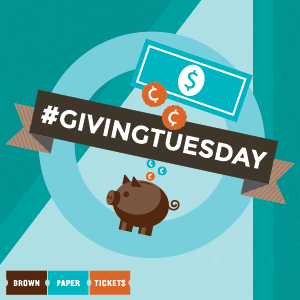
It is valuable to ourselves and our communities to learn to be giving, not just with our money, but also with our time. I am a firm believer that you reap what you sow and am fortunate to work for a company that encourages its employees to give back. This year I’ve joined the Brown Paper Tickets Not-Just-For-Profit Team, where I facilitate company donations and group volunteering. Additionally, I use our company sponsored Paid Time-On hours to volunteer in my community. I am excited to share with you one of the newest Thanksgiving traditions that has gained popularity over the past few holiday seasons.
Giving Tuesday is a movement that was started by a team at the Belfer Center for Innovation & Social Impact (https://www.92y.org/innovation), a cultural center in New York City in 2012. It is celebrated the Tuesday after Thanksgiving and is a socially responsible addition to the popular shopping days like Black Friday, Small Business Saturday and Cyber Monday. This movement celebrates and supports giving and philanthropy to events throughout the year.
According to GivingTuesday.Org, Giving Tuesday has been bringing people together around the values of service and giving back—#GivingTuesday connects diverse groups of individuals, communities, and organizations around the world for one common purpose: to celebrate and encourage giving.
Here are my 3 steps to getting started this Giving Tuesday and holiday season:
1. Heart Check
Why are you giving/volunteering? What are your motivations to do so? I believe there are motives behind everything we do. I always like to keep my self-grounded and make the most impact there is a need. When looking to do some volunteer work or donate I ask myself, ‘am I doing this because I want something in return?’ or, ‘am I sincerely looking out for the well being of others?’. Wherever you feel called to volunteer or donate this holiday season, check in with yourself, and share what you can. If you find a cause that speaks to your heart, you will likely stay involved and make a direct impact.
2. Research
Look for opportunities to serve your community or places to give. Whether you love helping people, animals or the environment, find a good cause that speaks to you and needs help. Feel free to get creative as well! I remember one Thanksgiving my family made sandwiches, bought a large tub of hot coffee and some donuts, then drove around and shared them with some of the homeless people in our neighborhood. On another occasion, some of my friends and I set some time aside on a Christmas morning and distributed “lunch bags” to the needy in the Far Rockaway community in Queens, NY.
*Disclaimer: A food permit is needed to handle food. Please look up any restrictions in your local area.
3. Have Fun
Whatever you decide to do make sure that you enjoy every second of it. Know that whether you are donating money or volunteering you are making a difference. I think it is important to not get wrapped up in our own lives and fail to see the need around us. We might not be able to change the world but we can make a difference in our communities.
—
Infusing the practice of giving and being open to receiving can bring joy and affect every aspect of our lives. I have learned from both sides of this practice. Several years ago, my family benefited from the giving. Here is my account:
Ever since I moved to the United States, I have lived with my paternal grandmother. When I was 15 years old, she and my aunt got together and bought their first home. Oh, the excitement! However, years passed and they never paid a water bill. I am not sure why but they never got a water bill, it just never arrived and no one ever realized.
One day, the homes that did not pay their water bill were published in a Mayor NYC Newspaper and there was our address. The embarrassment!
Of course, my grandmother freaked out and made payment arrangements with the company right away. After several months of making payments towards the amount due, we stopped getting the monthly payment slips. Grandma asked me to call the water company on her behalf and inquire about it. I remember this like it was yesterday, it was during my lunch break at my previous job, my jaw dropped when I heard the agent say,
“I am sorry ma’am but you currently do not owe any money, which is why you haven’t received a bill from us.”
“No! That cannot be right. We owe close to $10,000 and I know for a fact that payment for the complete amount has not been made,” I responded.
The agent placed me on hold to investigate, then came back on the line and told me that not only was the balance paid, but we had extra funds to cover the bill for a few more months. To this date and we are still not sure how this bill was paid, but one thing is for certain we reaped what we have sown for so many years. Over the years many similar things have happened to us, this is the story with the most financial impact thus far.
It is worth to mention that since this my family has become a giving family, not only with finances but also with time. Giving has been something that we have done in our house on a weekly basis; because of this example I’ve learned to be a giving person, and hope to pass on these traits to my daughter. My purpose is that through these lines my passion to help those who cannot help themselves be transmitted to those around me, and yes that includes you too!
Happy Thanksgiving, Giving Tuesday, and Holiday Season!
Good Causes >

 This month, Brown Paper Tickets picked Partners for Rural Health in the Dominican Republic for our donation gift.
This month, Brown Paper Tickets picked Partners for Rural Health in the Dominican Republic for our donation gift.






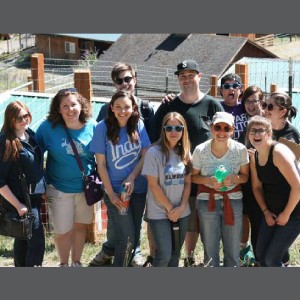

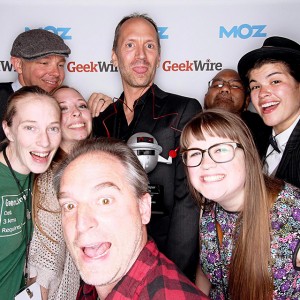
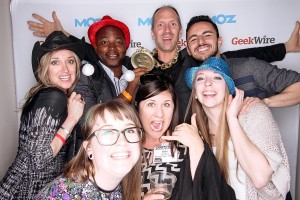





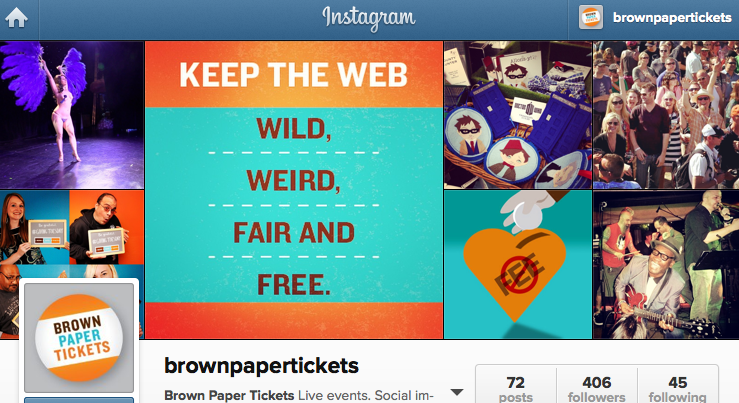
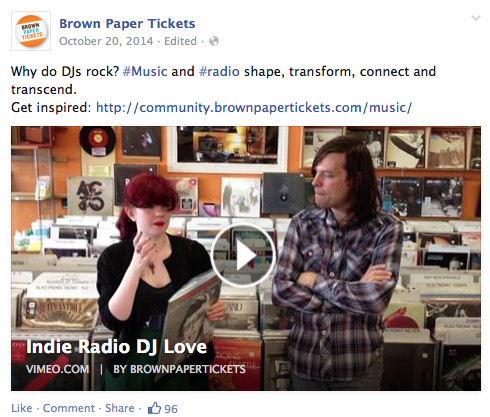
 Arts
Arts Comedy
Comedy Event Tips
Event Tips Film
Film Food & Drink
Food & Drink Good Causes
Good Causes Music
Music News
News Radio
Radio Roller Derby
Roller Derby